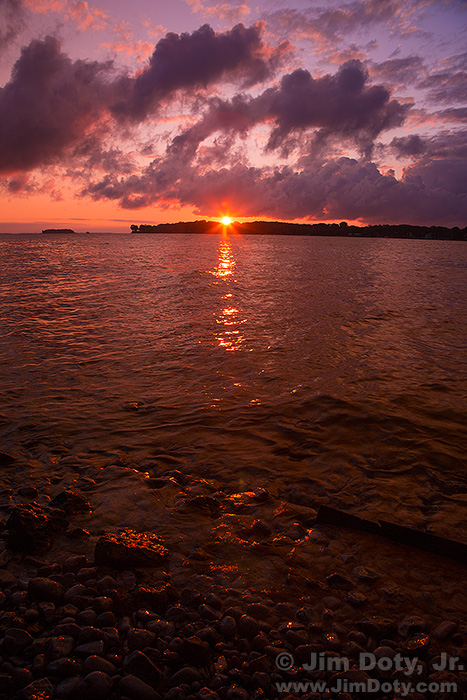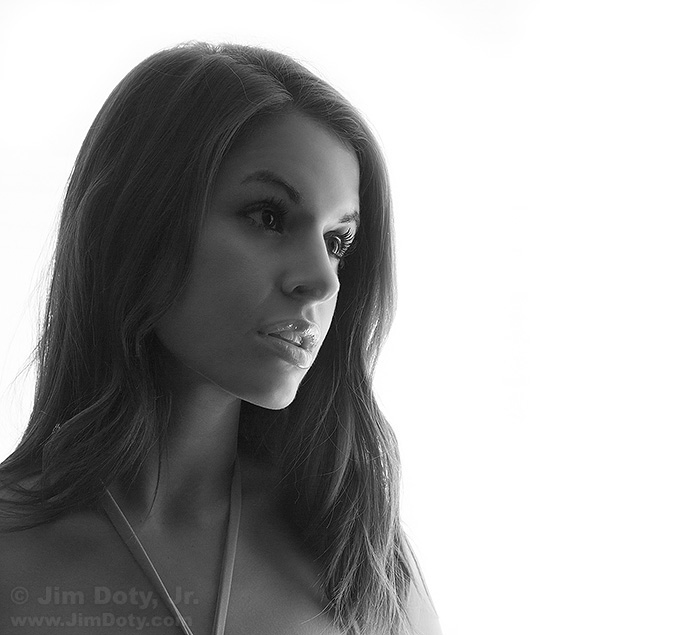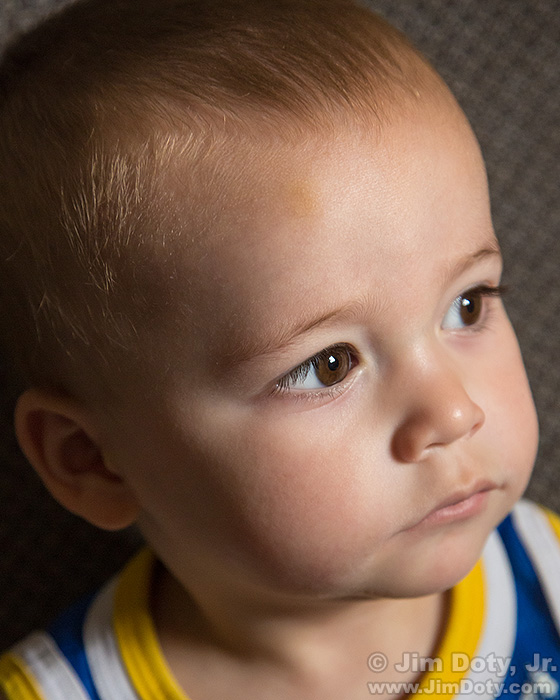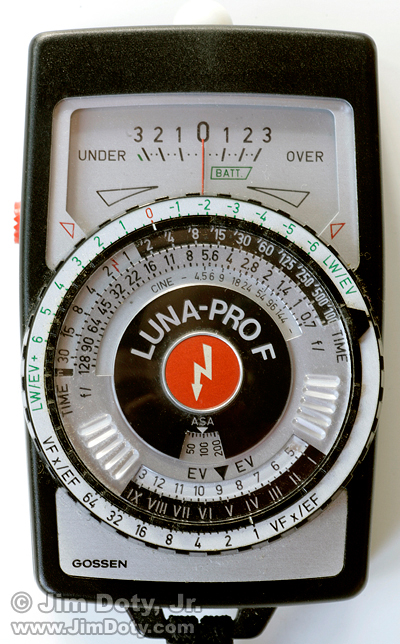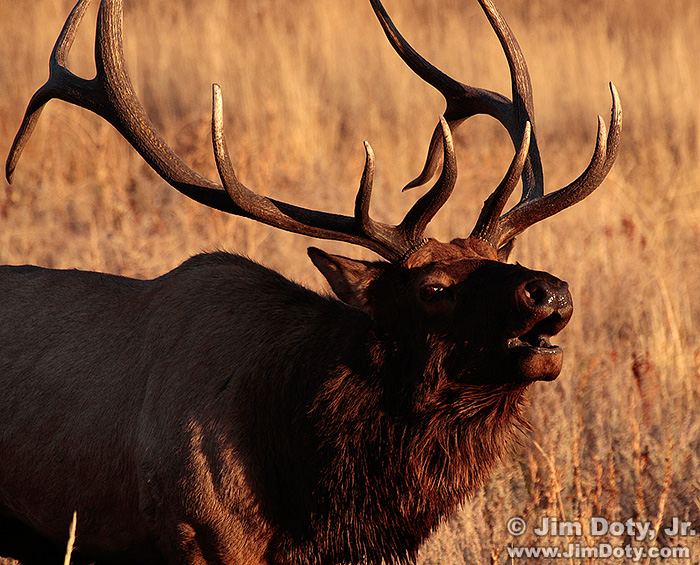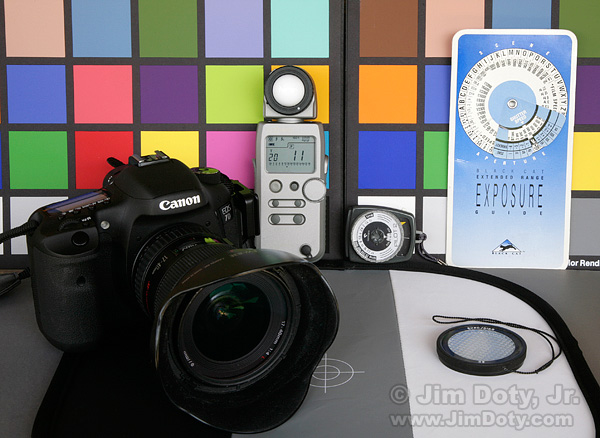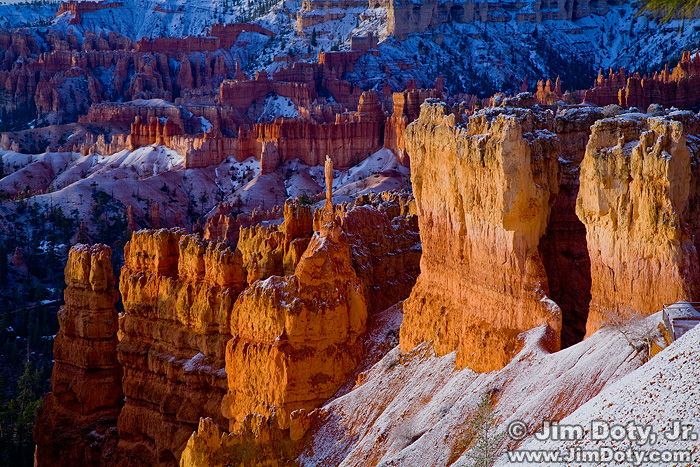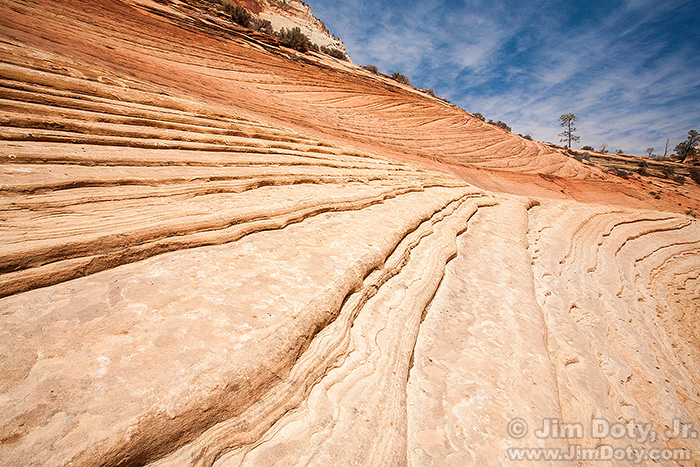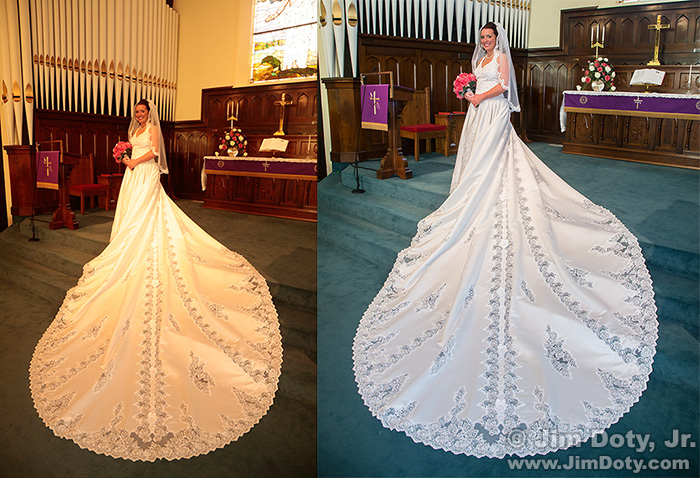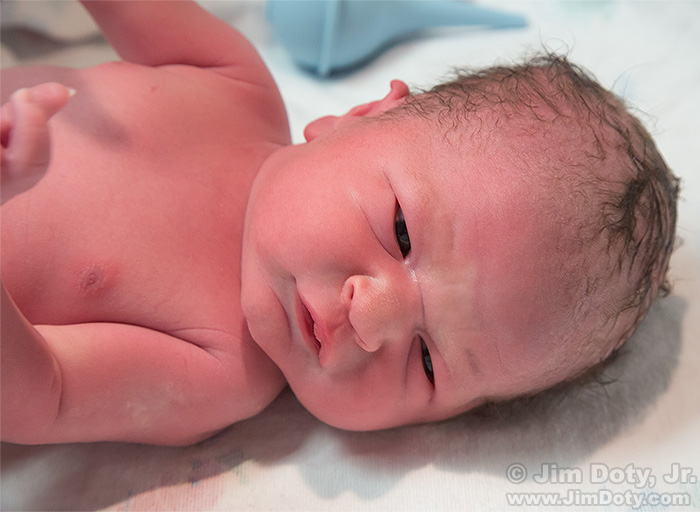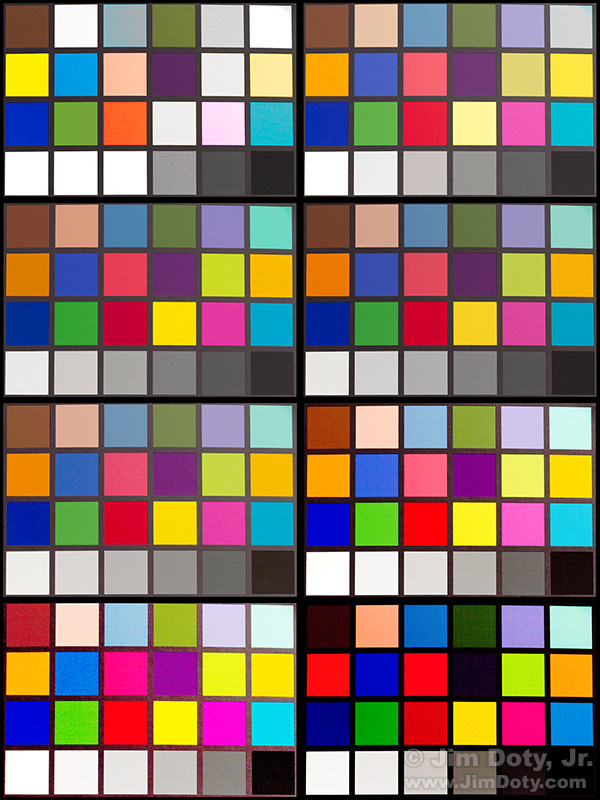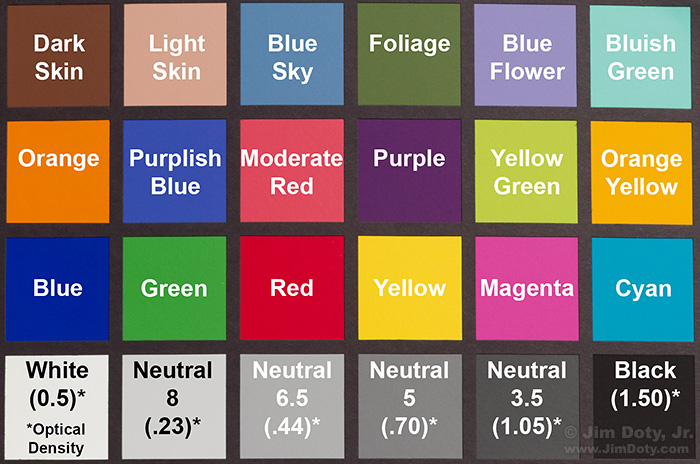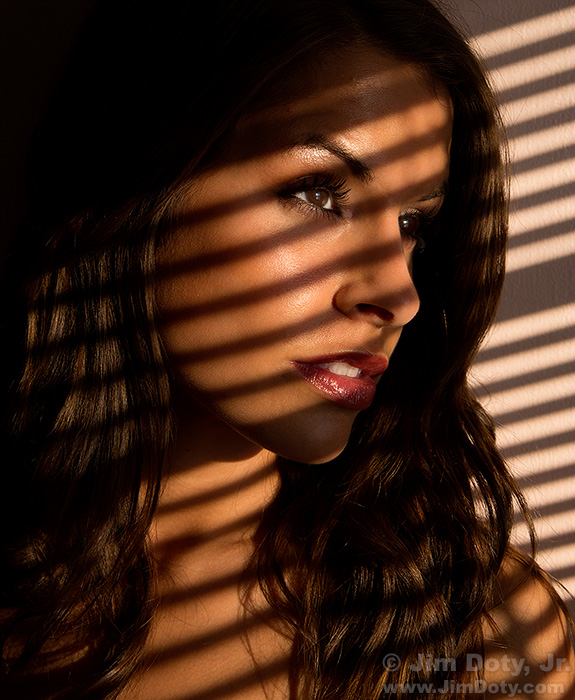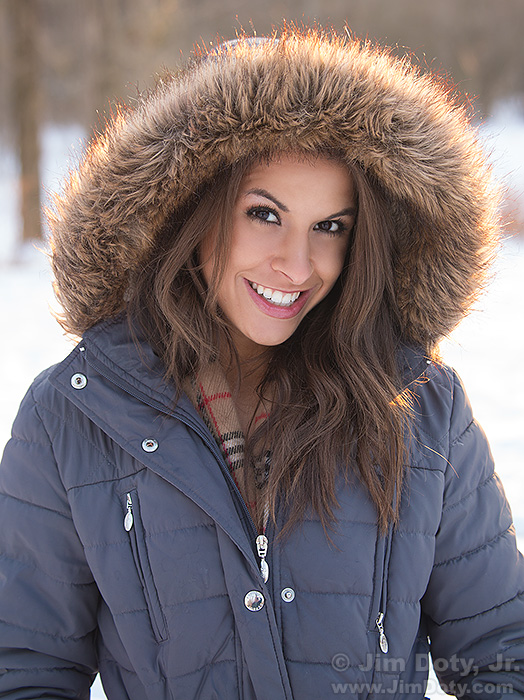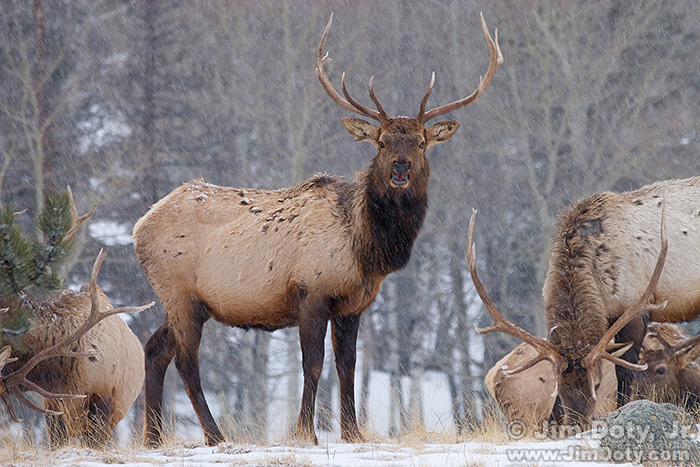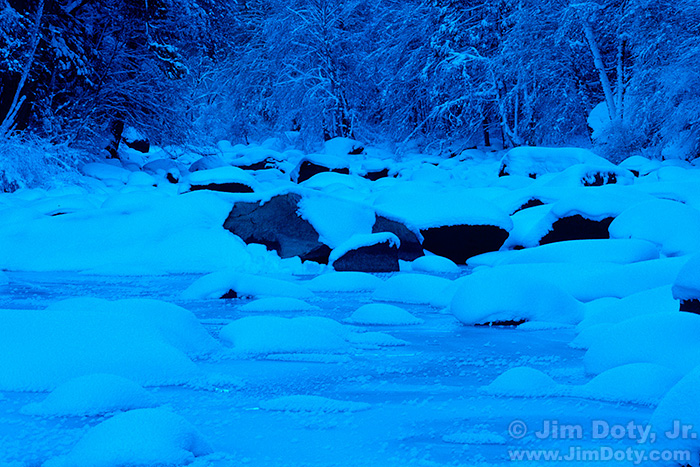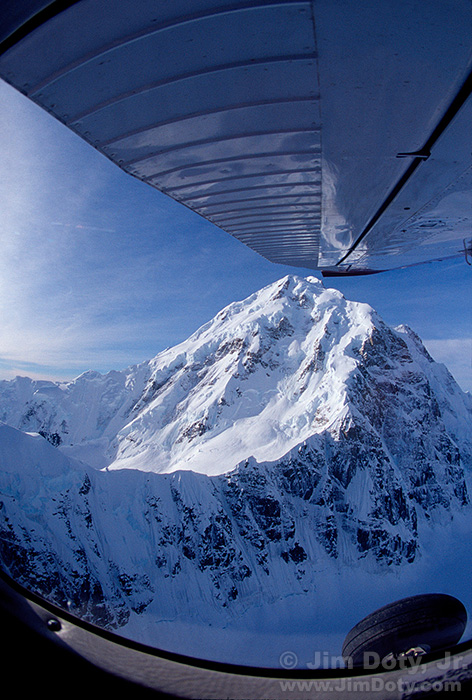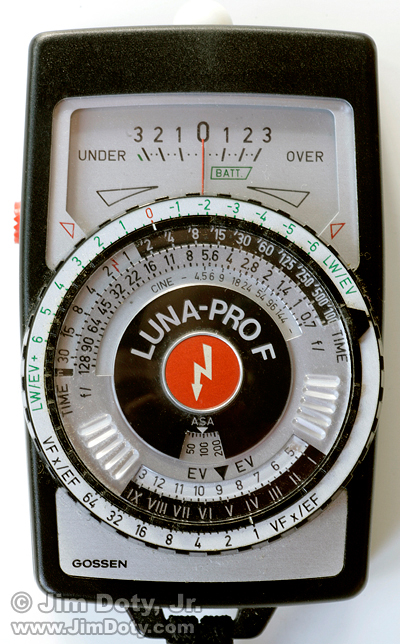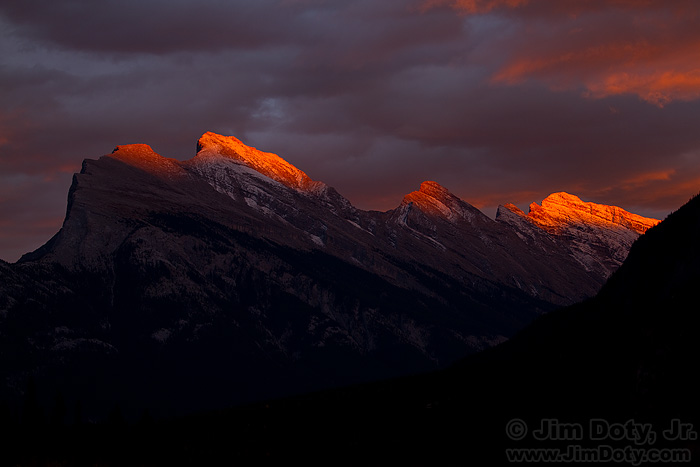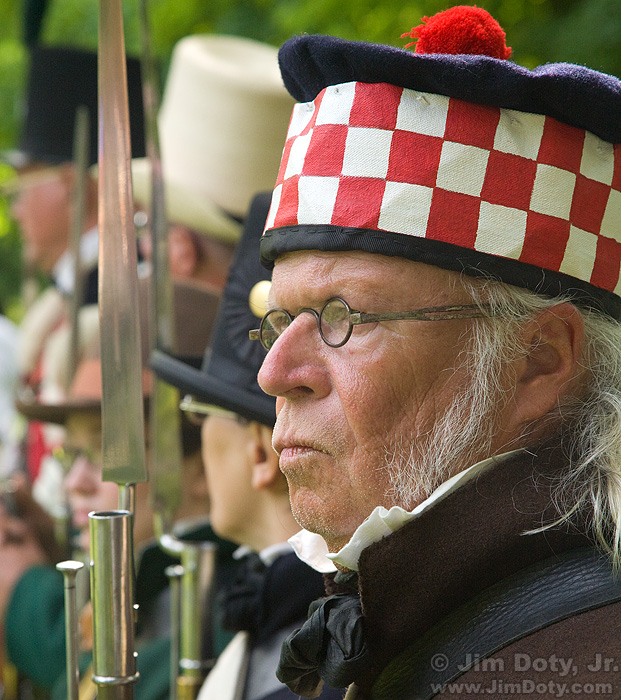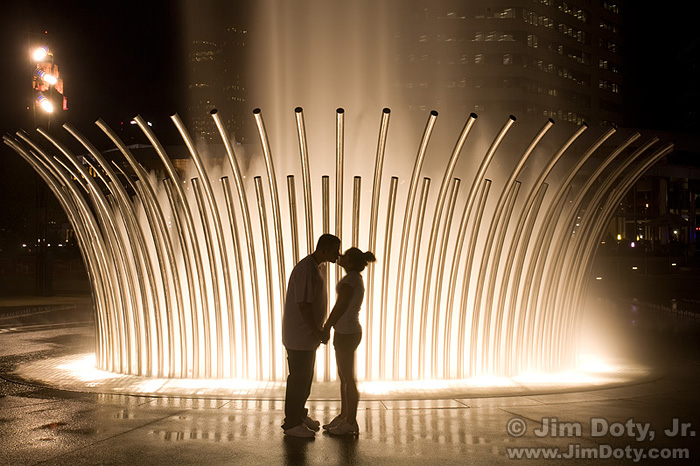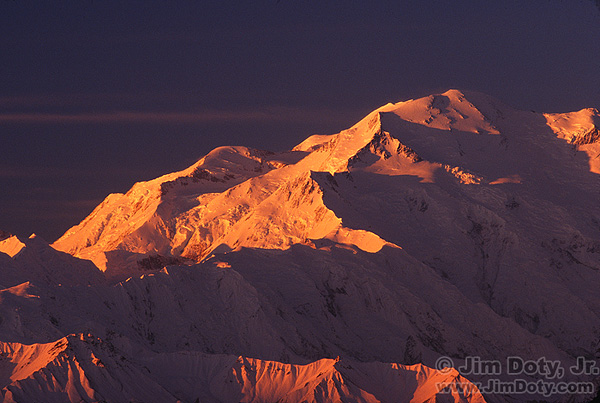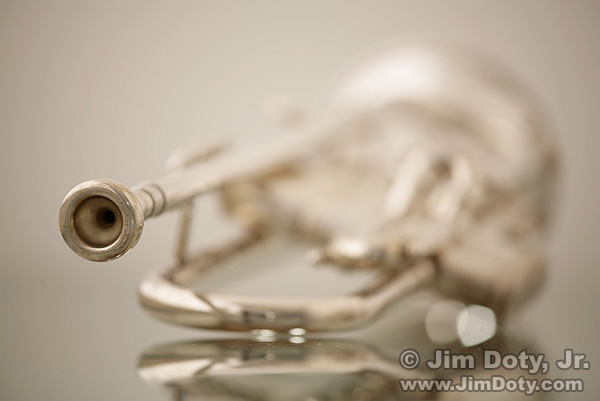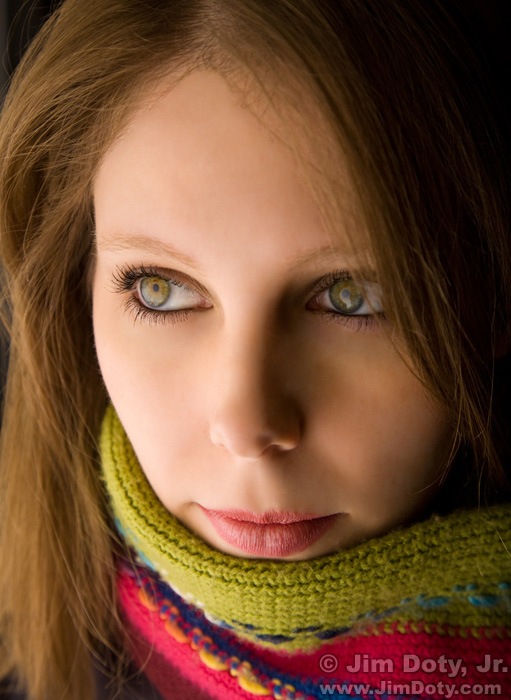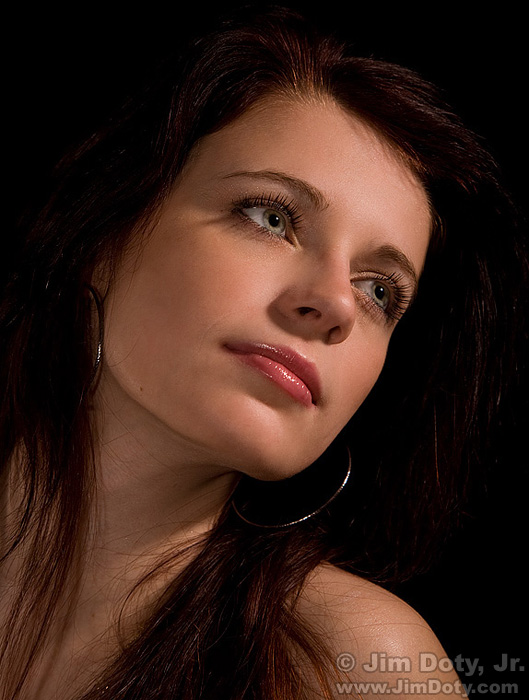You can have many of the advantages of a $300 – $400 incident light meter for less than $20. Sound too good to be true? It isn’t too good to be true. This is about as close as you can get to a photographic “free lunch”.
Category Archives: Metering
POTD: Sunrise, Gibraltar Island, Lake Erie
This sunrise photo was taken at last year’s outdoor photography workshop hosted by OSU’s Stone Laboratory on Gibraltar Island. The workshop this year starts tomorrow.
How to Do a Window Light Glamour Portrait
A backlit, window light portrait can be challenging to meter, but the photographic possibilities are definitely worth it.
POTD: Backyard Portrait on a Sunny Day
Sunlight is usually too harsh for portraits so I try to avoid full sun on the face when shooting outside. My usual choices are to shoot in the shade or put the sun behind my subject (as in the case of this photo).
POTD: Window Light Portrait
One of my grandsons was sitting next to me in my office looking intently at photos on my computer monitor. The moment was too good to miss so I grabbed a camera.
Simplify Your Life With An Incident Light Meter
In a lot of photographic situations an incident light meter is faster, simpler to use, and more accurate than a reflected light meter. This article will compare the two and tell you how to use an incident light meter.
Using Reflected Light Meters, Part Two
What do you meter when your subject has multiple tones? You could let your camera meter the whole scene and hope that gives you a good exposure, but that isn’t very precise and it won’t always give you the best exposure. It certainly wouldn’t give you a good exposure for this photo of a very dark bull elk at sunset.
Using Reflected Light Meters, Part One
In auto exposure modes, your camera meter is perfectly designed to give you “average” exposures in average situations, but it can’t give you the “ideal” exposure for subjects of all colors and tones in every situation. If you want to get the best possible exposure, you have to take the camera off “autopilot” and control the metering yourself.
Why Is Exposure So Important?
Why is exposure so important? Because taking control of the technical side of exposure is essential to empowering your creative vision. In the words of National Geographic photographer, Dewitt Jones, “Regardless of where you are in your photography; beginner, advanced amateur, or professional; vision without technique is blind. No matter how beautiful the conception, a good image will not manifest without good technique.”
POTD: Petrified Dunes, Zion National Park
Zion National Park is well know for its towering sandstone cliffs, but it has other treasures for the photographer willing to look, like these petrified dunes.
Bride’s Portrait: Solving Mixed Lighting Challenges with ACR
Mixed lighting (lighting with different color temperatures) can be a real color nightmare, especially if you are shooting JPEG files. Shooting RAW files and processing them with Adobe Camera Raw (ACR) is one of the best solutions to the problem. ACR comes with recent versions of Photoshop Elements and Photoshop.
POTD: A Few Minutes Old
I had the happy privilege of being asked to photograph the birth of a baby boy. The mother found some of my photos on the internet, she was impressed with my work, and sent me an email asking if I was interested in photographing the delivery of her son. Of course I was!
How To Test Your Camera’s Color Exposure Latitude
Testing your camera’s color exposure latitude is a key to getting good color in your digital photographs. This is a sequel to The Best Colors Come From the Best Exposures. I would suggest you read that article first.
The Best Colors Come From the Best Exposures
When it comes to your digital camera, the better your metering skills, the better your colors will be. If you learn how to master exposure, you will get the best possible colors your camera is capable of producing. Why not put your camera on auto exposure and then correct the exposure on the computer? Because you won’t get the best colors. In auto exposure mode your camera is designed to give you average exposures, not the best exposures. This is very important: If you don’t nail the exposure in the camera, the colors in a photo will shift in different directions and no amount of computer work will bring them back. This is one of the best kept secrets of great color and it is why professional landscape, fashion, and advertising photographers are obsessive about exposure. There is no getting around mastering exposure if you want great color.
How to Create a Portrait Using Window Blind Shadows
One of the things I like about winter is the sunlight streaming through one of my studio windows at a low enough angle to create window blind shadows portraits. In the summer the sun is too high for me to do this and get the angles I want.
Metering People in the Snow
The snow in a winter scene will often fool a camera meter into underexposing a photo, so here are the steps to take to get the right exposure. I throw in a few portrait suggestions too.
Metering Wildlife in the Snow
Metering dark toned wildlife in the snow is a major exposure challenge. It is usually best to avoid large “burned out” areas (washed out, featureless white) in a nature or landscape photograph, but with properly exposed snow, the wildlife can be so dark as to lose all texture. On other hand, metering for the wildlife can burn out the snow.
Metering Evening Winter Scenes
Just like metering daytime winter scenes, the key to metering evening winter scenes is knowing what to meter and deciding how much exposure compensation to use.
Metering Snowy Winter Scenes
Metering for scenes with a lot of snow can be tricky since the snow fools the camera meter. I see a lot of winter photos online with gray, underexposed snow, which means the camera meter did what it was designed to do and the camera owner didn’t know how to use exposure compensation. The solution is quite simple provided you know what to do.
Recommended Incident Light Meters
There’s no question that in some complex metering situations, an incident light meter can be quicker, faster, simpler, and more accurate than the meter in your camera. Many incident light meters can also measure light from an electronic flash, a huge bonus when you are using a flash in the manual mode.
POTD: Last Light on Mount Rundle
This is a lesson in patience. Most photographers missed this sunset. I was on location four separate evenings hoping to capture stunning sunset light on Mount Rundle. It only happened once. It also helps to know where to be, when, and how to meter in high contrast lighting situations.
Portraits During Events
When doing photographic coverage of events, it is important to do some closeup portraits of people involved in the event. I always look for participants with interesting faces.
Fountain Kiss, Bicentennial Park
I was working on my last photo of the day for the “Picture Today, Inspire Tomorrow” project on May 15 at ADAY.org (more info here). When I planned my day, I wanted to end up at the fountain at the new Bicentennial Park in Columbus, Ohio. It is a great place to take pictures. As I visualized the image ahead of time, children would be playing at the fountain, creating blurry silhouettes. I already have a “children in the fountain” photo in my files, but all photos had to be taken on May 15.
Denali: Capturing Great Morning Light
Mastery of light is a key to great photography of any kind. Anticipating great light in order to be in the right place at the right time is one of the keys to great landscape photography. I was searching for great light on Denali (or Mt. McKinley as it is called in the lower 48).
POTD: Last Light on El Capitan
Yosemite National Park is a spectacular place to visit in any season of the year. If you are there in the winter, the ideal time to create images is right after a snowfall when snow coats the trees.
POTD: Upper Tahquamenon Falls, Winter
Tahquamenon Falls State Park in Michigan’s Upper Peninsula is a great place to visit any time of the year, including winter. This view from the lip of the Upper Falls looks down the Gorge at the snow and ice covered Tahquamenon River.
Lens Apertures and Depth of Field
One of the wonders of exposure is that dozens of aperture, shutter speed, and ISO combinations can provide exactly the same exposure (the overall lightness or darkness of an image), but very different artistic “looks”. Experienced photographers know which exposure combination to choose to get the image they want. Inexperienced photographers who leave the camera on program mode are turning all of the artistic decisions over to a computer chip.
Header Photo: Last Light on the Spanish Peaks
The photo in the header of this blog (as of Dec 24) is the Spanish Peaks above the little town of LaVeta Colorado. As a small boy growing up in Colorado, a view of the Spanish Peaks greeted me every morning from our living room window.
POTD: Window Light Portrait, Part 2
There is a reason photographers like soft window light. It is great for all kinds of subjects, like the young woman above and the photo of a 2 week old infant in a prior post.
POTD: Studio Portrait
It doesn’t take a lot of lights to create a portrait. The portrait above was created with two studio lights. This is how the photo was created.


